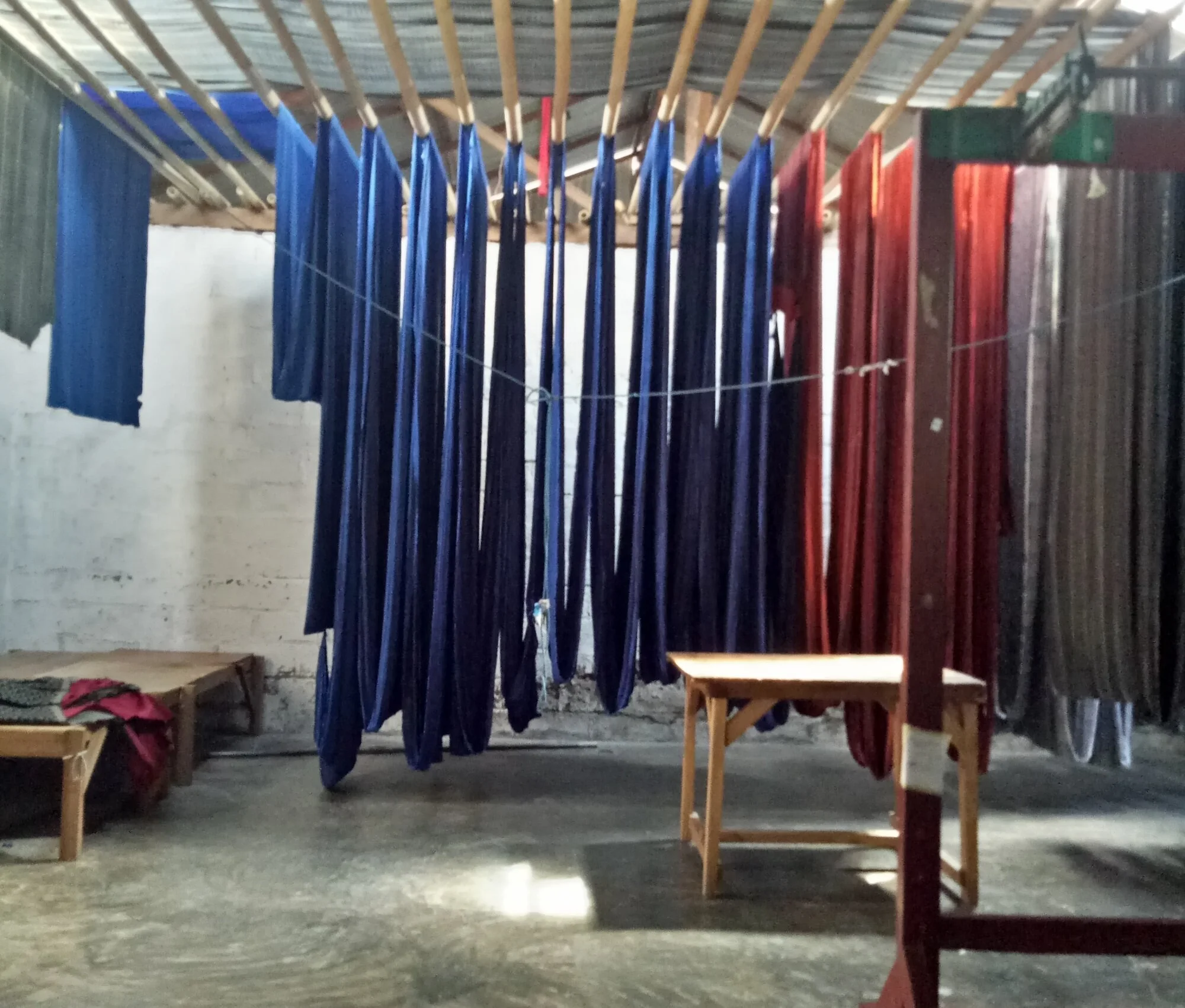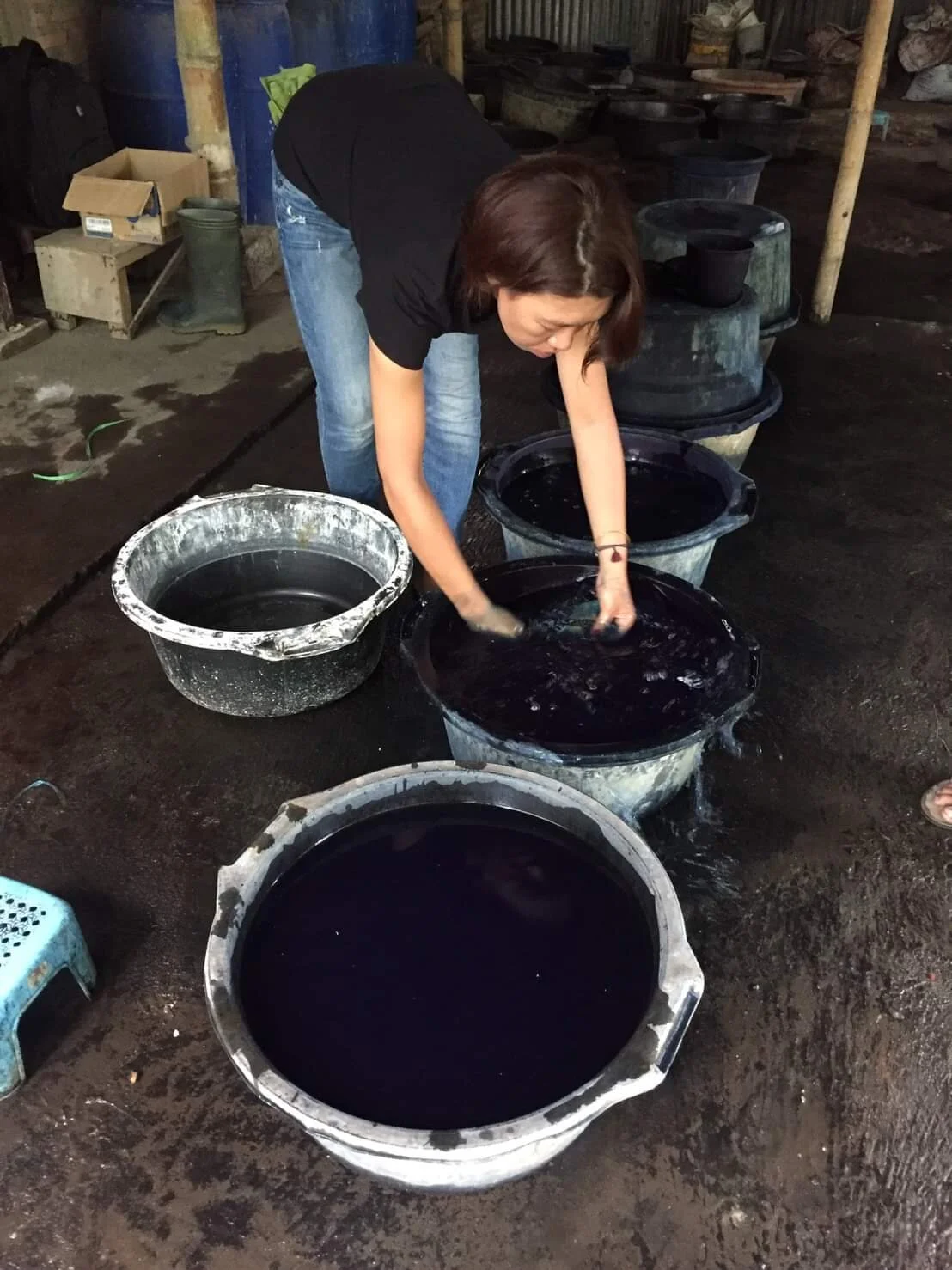Indonesian Batik
There are many unknowns surrounding the origins of Batik in Indonesia, but it seems to have been introduced to Java from India around AD 1000. Many aspects of Indonesian religion and arts, of which Batik is no exception, originated in India to be later adapted and rendered distinctly Indonesian. Over the centuries tools and techniques were developed to a high degree of refinement in Indonesia, of which the canting and cap explained briefly below are good examples.
The art and products of Batik in Indonesia were an exclusive domain of the royal family where it was loved for its extremely refined line and artistic appeal. From around the end of the 16th Century it gradually grew in popularity among the general population. Through the influence of foreigners such as the Dutch and Chinese it has evolved significantly from its royal roots and has been transmitted to modern times.
In 2009 Indonesian Batik was designated a UNESCO Intangible Cultural World Heritage.
Canting Drawing Tool
The canting is an Indonesian innovation that is central to my work. The tiny copper vessel holds hot wax. The artisan holds the blank cloth outstretched on her palm and draws a delicate line of wax that flows from the narrow pipe at the end.
This tool’s uncanny power for allowing artistic expression is difficult to express in words.
Cap Stamping Tool
The cap is a copper plate stamp that was developed in ancient times to allow for mass production of textiles. Many of my works involve collaborations with makers and handlers of this amazing tool. The pattern in the cloth is made by dipping the copper stamp into hot wax and pressing it onto the cloth where it later cools. The colored dyes are added later and the wax is later melted off with hot water to leave a negative image of the waxed design.
Batik is a laborious process of dyeing and drying, and dyeing again. The color is applied and the wax is removed, and this process is repeated for each color that you see in the design.
Yuka Ueda and Batik
I came to Indonesia from my home country of Japan to study and work in the world of Batik.
I have learned that since ancient times batik has been an interface between the raw forces of nature and the refinement of human culture. This deep interaction with nature drew me to try to draw in wax with the canting. It allows my feelings to well up and be projected directly onto the blank white cloth.
The “wabi sabi” of my Japanese background combines to give rise to something mysterious and appealing. I feel the most pleasure when I am able to render a flat cloth into a multi-dimentional world of ideas and imagination.
I also strongly believe that to preserve a precious cultural heritage like batik it is necessary to keep it alive though new perspectives.
About my partnerships with local artisans and craftsmen.
‧ Above all, I am committed to fair trade and ethical textile production for my creations.
‧My partnerships with local artisans and craftsmen are cemented through long years of overcoming adversity together.












